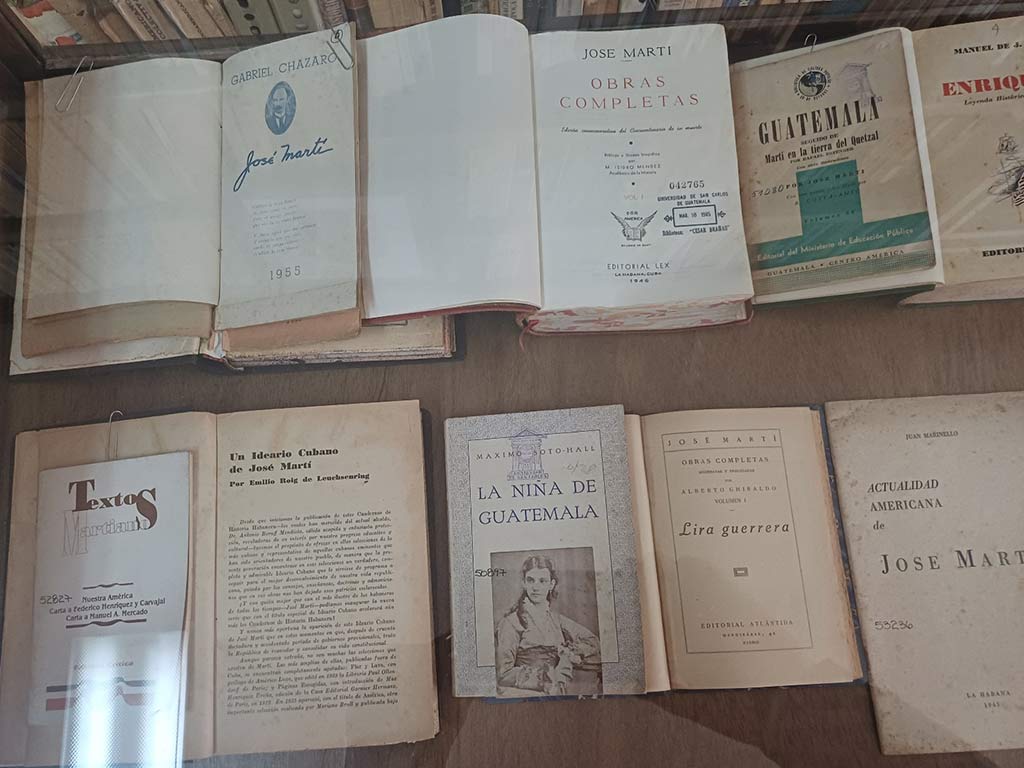
Guatemala City, Mar 19th. - An exhibition of 45 works by the Apostle of the Independence of Cuba, José Martí, today exhibits the Caesar Brañas library, of the extension direction of the University Of San Carlos Of Guatemala.
The initiative arose from the concern to publicize all the material existing here from the procer of the largest island of the Caribbean, said Luis Herrera, in charge of that center, Cultural Heritage of this Nation.
So we decided to assemble this exhibition for 15 days, until March 31 we will be open, he remarked in statements to Prensa Latina, while expressing that they found valuable works that are not available elsewhere in the country.
He mentioned the book of Iconography of the Apostle, 1925, aged 100, and assured that the journalist; essayist, literary critic and chapin poet César Brañas admired Martí.
Highlights include the Golden Age, the Simple Verses, Madre America, Ismaelillo and authors such as Rubén Darío, Guatemalan writer Máximo Soto Hall, among others who addressed the life of the Cuban intellectual, said researcher Roberto Cifuentes.
Then we have the letters that José Martí wrote to Manuel Mercado, readings for children, the last edition of the Guatemala Essay, in addition to other very important ones, he said.
Have we seen that the relationship between our two countries comes from the 1800s. Here was a school founded by some Antillean teachers and we can read it in Soto's work, Herrera said.
From there comes the link between Guatemala-Cuba, there was also the beayas patriot José Joaquín Palma, Martí, whom they studied a lot in this nation, emphasized.
The latter is an example for Latin America, of someone who fought for the Revolution and regional identity, concluded the head of the library César Brañas.
The then young Cuban, in just 15 intense months between March 1877 and July 1878, was able to capture the essence of the Mayan people and left an indelible mark on the very heart of the quetzal land.
He described the beauty of a volcano, customs, architecture, gastronomic richness, diversity of languages, captivated with his speeches and exchanged letters with his friends.
He taught as a teacher at the Normal School for Men, and in case it was not enough, his son José Francisco began to grow up in this Central American territory in the belly of Carmen Zayas Bazán.
Authorities in the middle of the last century called a central Martí street, different educational centers in the country bear their name, just as there are busts erected to honor that personality of Latin American letters and politics.
The University of San Carlos founded the José Martí Chair on 15 October 2018 and since then becomes an academic space for reflection and dissemination of critical thinking. (Text and photo: PL)